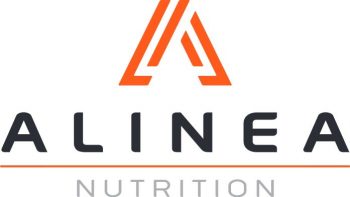*Geek Box: Citrus (Poly)phenols and Glucose Metabolism
We love (poly)phenols. And we have, in previous Geek Box’s, discussed their effects on neurological processes and on cardiovascular processes, with a focus on their influence on blood flow and blood pressure. However, (poly)phenols also appear to influence carbohydrate digestion and absorption, thus potentially influencing the rate of glucose appearance in the blood [which, in turn, would influence insulin responses].
But recall that each flavonoid subclass behaves somewhat differently, and citrus flavonoids may influence glucose metabolism through other pathways. Animal studies have shown that two citrus flavonoids, hesperidin and naringin, upregulate the GLUT4 transporter that is responsible for bringing glucose into a cell and out of circulation. This appears to be through influencing pathways associated with liver glucose regulation.
Also recall that, in the fasted state, the liver is the primary site of glucose production, while in the postprandial period liver glucose production is suppressed in order to process the glucose arriving from the meal. This is what occurs in healthy individuals; in individuals with visceral fat/liver fat and higher adiposity, the liver continues to produce glucose, and this adds to the state of elevated postprandial glucose levels, strain on insulin, and impaired glucose tolerance.
It appears that citrus flavonoids may act by influencing liver glucose production. Specifically, citrus flavonoids in animal models upregulate the glucokinase enzymes which result in liver glucose being stored as glycogen. Citrus flavonoids have also been shown to suppress other pathways associated with production of glucose in the liver.
Finally, similar to other flavonoid compounds, there is also mechanistic evidence that citrus flavonoids may inhibit digestion and absorption of glucose. Thus, it may be that citrus flavonoids influence postprandial glucose metabolism through a number of potential mechanisms: inhibition of intestinal glucose transport; upregulation of glucose uptake into cells from the blood; suppression of liver glucose production and increased storage of glucose in the liver. The liver mechanisms are similar to the diabetes class of drugs known as thiazolidinediones.
